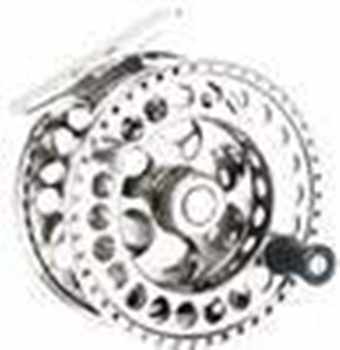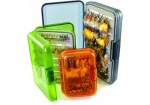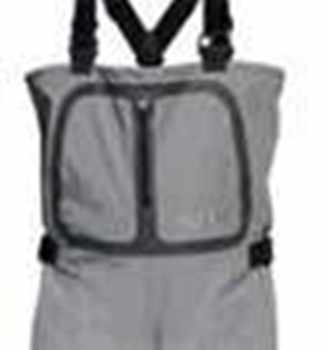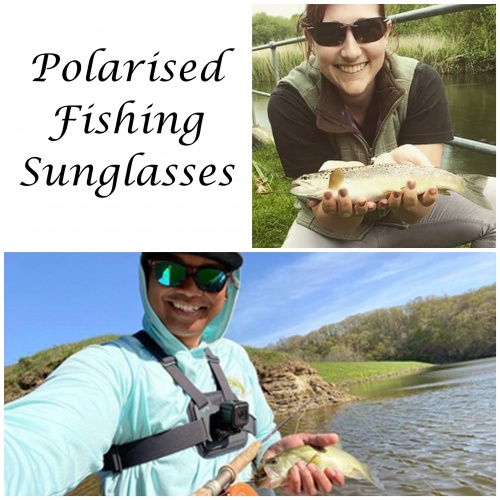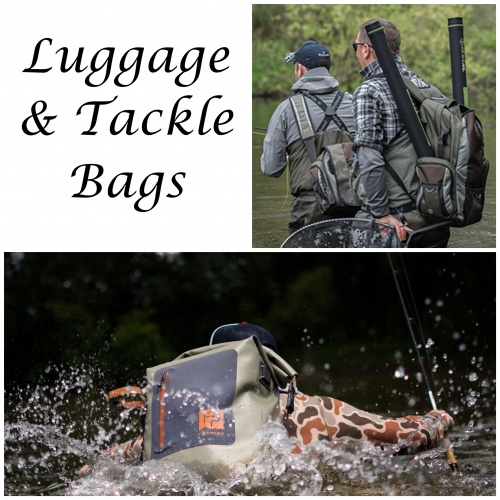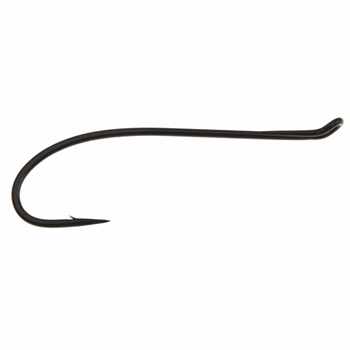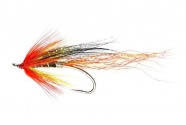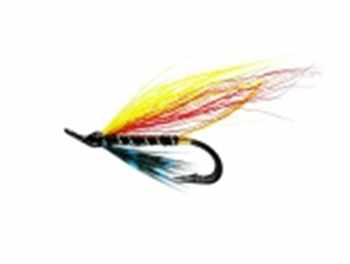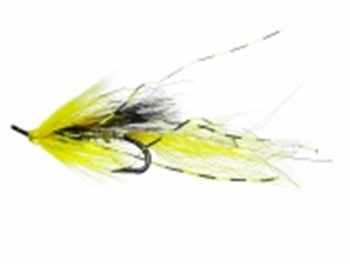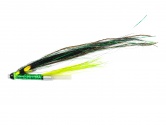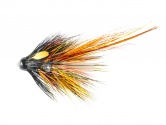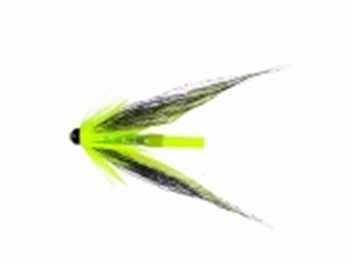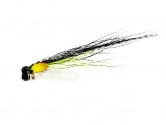Finding The River Lies Of Resting Salmon
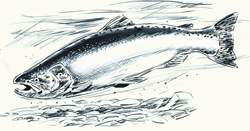 Finding salmon can be very tough, always seek local knowledge and talk to the local fly fishermen, gillies or local shops. We are of course trying to tempt salmon to feeding when they actually do not feed in rivers. We are triggering responses so positioning of our fly is key.
Finding salmon can be very tough, always seek local knowledge and talk to the local fly fishermen, gillies or local shops. We are of course trying to tempt salmon to feeding when they actually do not feed in rivers. We are triggering responses so positioning of our fly is key.
Ideal Time For Salmon Fishing
The fishing is often much better when a river is fining down and falling back than when it is rising and colouring up. Salmon fishing is very different from fishing for trout indeed salmon fishing is often better just as a river begins rising and taking on a hint of colour.
Spate Rivers
When the river is heavily in spate, salmon hug the banks and do not run. They are sensible and wait for the river levels to drop and wait where the current it weakest. For personal safety you should only be fishing the bank on which you are standing. Cast as far as possible to the far bank and allow your fly to sink as it drifts across until it hangs in the water downstream from you. PLEASE Do not rush to lift your rod, lift off the fly from the water and recast. Instead, slowly retrieve a few yards of line and be prepared, you may be lucky as salmon will hug to the banks in spate waters and be prepared in case a salmon follows your fly and takes it. If you feel a salmon take do not strike, this will certainly result in a lost fish as you will almost certainly pull the fly out of the salmon's mouth. Be prepared instead to release tension giving the salmon one or two metres of flyline so that it is carried downstream by the current. Only now once the fly and salmon are turned and heading downstream should you lift the rod the fly will be pulled in to the scissors of the jaw of the salmon. This is a very secure hook hold.
Finding the lies of resting salmon
There is no substitute for local knowledge. An experienced ghillie or guide can help ensure that your fly spends more time where salmon are known to rest. Some lies hold fish at all heights of water; others are productive only over a limited range of river flows. Ask locally before you go to a new river, this advice can put you quickly onto fish. Dont forget however that part of the enjoyment of fishing is learning to read the river so here are a few points that can help you find fish even if you have no local expert to guide you:
-
Spring salmon fresh from sea running up river to breed tend to rest in the depressions that occur upstream of or by the side ofsubmerged boulders. These depressions are most productive when there is a strong flow. Look carefully around the rivers for the surface turbulence caused by water rising as it flows over a boulder. Remember however that the boulder or obstruction will be some distance downstream from the visible rise on the waters surface as the water moves over the obstruction and rises.
-
Like us when pushing our bodies salmon expend energy when they rush through stretch of fast water or over waterfalls. Salmon often rest for a while as soon as they enter the calmer water of a pool. Most rivers have names salmon pools which are well known. You will often find there is a good taking lie on a pool tail a few yards upstream of the point where the water begins breaking as it enters the rapids between pool. Cast across the stream or river and drift your flies around these pool tails.
-
Grilse in particular like the well-oxygenated water at the neck of a pool. The neck of the pool has heavily oxygenated water from breaking and taking oxyden on through the rocks and breaks ahead of the neck of a pool. On summer evenings a fly drifted across the neck will often tempt a fish, try riffle hitching a small plastic tube fly, this produces super results.
-
Fast-flowing glides overhung by trees provide a shady respite for salmon working their way up river. This is often a place where salmon rest by day before continuing their upstream migration to breed leaving during the hours of darkness. Move slowly to get close as required to these fish without being seen.
Finally Water Your Lines!
Finally a word of warning, on bright days the moving shadow that a floating flyline casts on the riverbed can startle salmon really easily. Simple methods to avoid this are to use a long leader - from 12 to 18 ft (3.5 to 5.5 metres) to keep the fly well away from the very visible fly line and its shadow.





